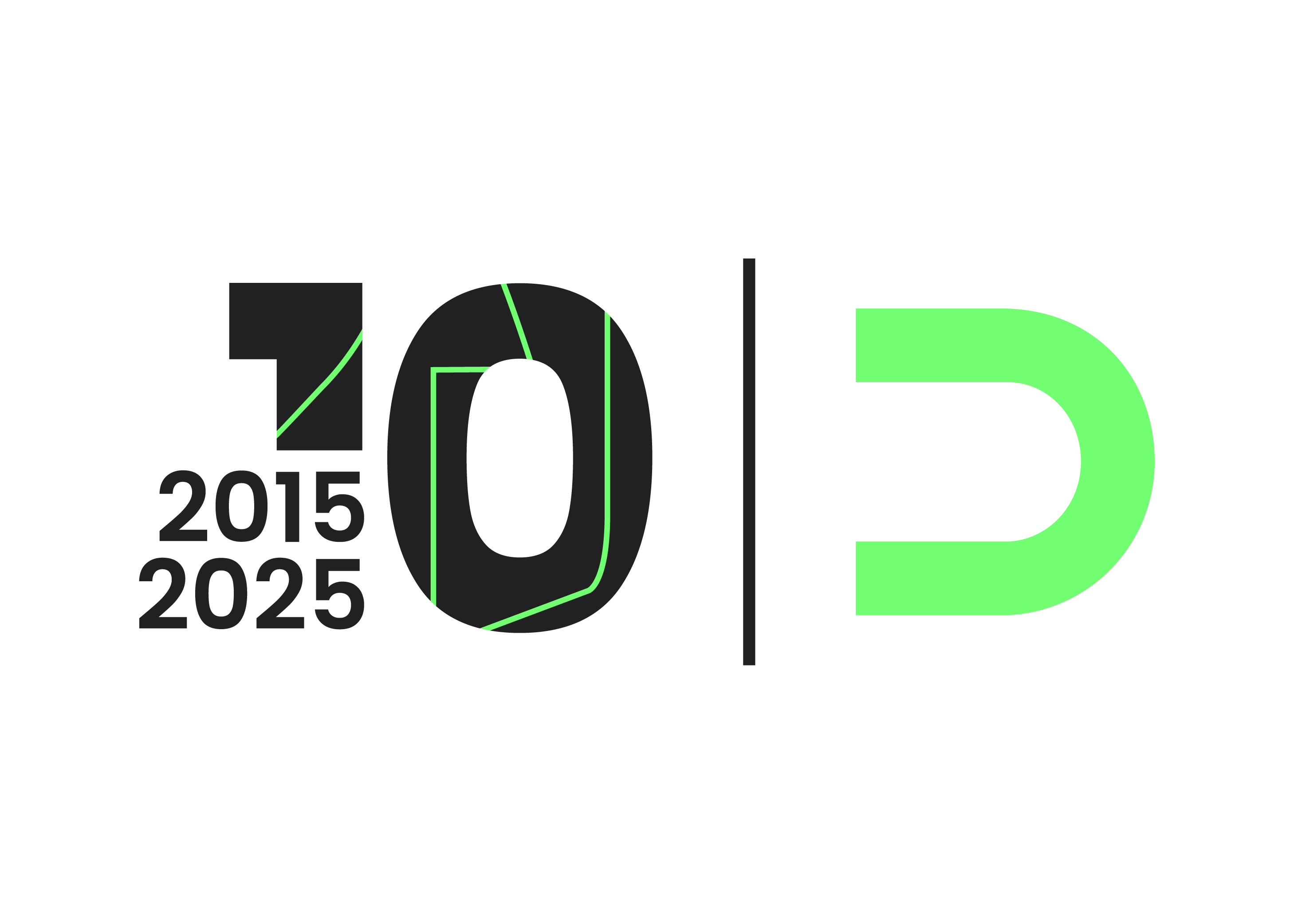Workspaces that Foster Productivity and Well-Being Through Design
The design of workspaces has evolved significantly in recent years, responding to the growing demands for productivity and employee well-being. In a competitive environment, companies are recognizing that a well-designed space not only improves performance but also promotes the mental and physical health of their teams. In Panama, projects like Huawei Headquarters and AmCham Offices, designed by DIAZ DIAZ, reflect this philosophy by offering optimized environments that balance aesthetics, functionality, and well-being.
The Importance of Design in the Workplace
A well-designed workspace has a direct impact on employee productivity and well-being. Factors such as lighting, ergonomics, space layout, and the use of appropriate materials influence how people feel and perform in their daily activities. According to a Harvard Business Review study, offices that prioritize employee well-being see a 30% increase in productivity and an improvement in talent retention.
Design should not only be visually appealing but also functional. Spaces that incorporate collaborative areas, rest zones, and advanced technological resources can transform workplace dynamics, making employees feel valued and motivated.
Biophilic Design and Its Influence on Well-Being
Biophilic design, which integrates elements of nature into interior spaces, has become a key trend in work environments. The inclusion of plants, natural materials, and natural light not only enhances aesthetics but also reduces stress and increases employee satisfaction.
At Huawei Headquarters, natural lighting is maximized through large windows and control systems that ensure an even distribution of light throughout the space. Complemented by advanced artificial lighting technology, the design guarantees visual comfort, helping employees stay focused during long workdays. This biophilic approach not only boosts productivity but also strengthens the connection to nature in an urban setting.

Versatile and Adaptable Spaces for Collaboration
Flexibility is essential in modern workplaces. Workspaces that can adapt to different activities, from informal meetings to formal presentations, enable teams to work more efficiently. Open-plan offices, private booths, and coworking areas have become essential features for companies seeking to optimize their facilities.
The design of AmCham Offices is a clear example of this flexibility. This project incorporates collaborative work areas and informal spaces designed to foster team interaction. The color palette, dominated by natural tones and soft contrasts, creates a warm and welcoming environment that encourages creativity and professional development. Common areas, such as break zones and cafeterias, are designed as meeting points that strengthen the sense of community among employees, while also providing the privacy needed for individual activities.

Integrated Technology for Workplace Success
Technology plays a crucial role in optimizing workspaces. From video conferencing systems to automation tools for office management, technological integration enhances efficiency and facilitates communication. Additionally, technological solutions can be customized to meet each company's specific needs.
At Huawei Headquarters, the integration of advanced technology not only optimizes internal operations but also creates a more connected work environment. Each space is equipped with digital tools that improve collaboration and communication among teams. Additionally, individual booths are designed with acoustic insulation and video call technology, ensuring employees can work without interruptions in a comfortable setting.
The Role of Colors and Psychology in Office Design
The choice of color palette in a workspace is not arbitrary; it has a direct impact on mood and behavior. Vibrant colors, such as those used in Huawei Headquarters, can create a sense of energy and dynamism, while soft, natural tones, as seen in AmCham Offices, promote calmness and concentration.
Color psychology is a powerful tool in office design, helping to create environments that emotionally resonate with users and support their work objectives. Each project, through its color scheme, communicates the company's identity and reinforces its organizational culture.
Decompression Spaces for Greater Well-Being
Employee well-being also depends on their ability to disconnect and recharge during the workday. Break areas and common spaces are fundamental to fostering a healthy balance between productivity and relaxation. These zones allow employees to take a breather, interact with colleagues, and return to their tasks with renewed energy and motivation.
In both Huawei Headquarters and AmCham Offices, these areas have been designed with a focus on well-being. Cafeterias, decorated with warm tones and comfortable furniture, provide a space where employees can relax and enjoy moments of decompression. These common areas not only improve well-being but also foster a culture of collaboration and mutual support.
The design of workspaces that promote productivity and well-being is a strategic investment that benefits both employees and companies. Projects like Huawei Headquarters and AmCham Offices, designed by DIAZ DIAZ, exemplify how a comprehensive approach combining functionality, aesthetics, and technology can transform the workplace. These initiatives are setting a new standard in Panama, demonstrating that a well-designed space can significantly enhance employees' quality of life while strengthening business success.






